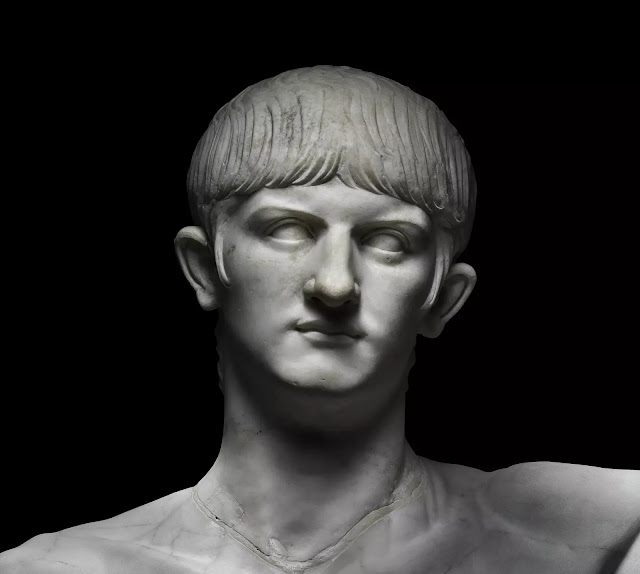An exhibition that will examine the misogynistic treatment of women under the reign of the emperor Nero is slated to open at the British Museum on May 27, 2021. It will be on display until October 24, 2021.
This "fresh look" at one of Rome's most notorious emperors will include more than 200 objects from the imperial palace in Rome to the streets of Pompeii that appear to contradict the traditional depiction of the “tyrant”, which is based on a “narrow range” of “brutally biased and partisan” sources. Part of the exhibition will also explore the role of imperial Roman women who were portrayed as adulterous and incestuous.
Visitors will be able to see sculpture, manuscripts, objects destroyed in the 64 CE Great Fire of Rome, jewelry and even slave chains from Wales. The Fenwick Hoard, a treasure discovered in 2014 beneath the floor of a shop in Colchester, will also be on display.
Drawing on the latest research, this major exhibition questions the traditional narrative of the ruthless tyrant and eccentric performer, revealing a different Nero, a populist leader at a time of great change in Roman society. Was Lucius Domitius Ahenobarbus a young, inexperienced ruler trying his best in a divided society, or the merciless, matricidal megalomaniac history has painted him to be?
Read more about it: https://blog.britishmuseum.org/who-was-nero/
 |
| Marble bust of Nero. Italy, around AD 55. Photo by Francesco Piras. With permission of the Ministero per i Beni e le Attività Culturali e per il Turismo ̶ Museo Archeologico Nazionale di Cagliari. |
 |
| Portrait bust of the younger Agrippina, the mother of Nero. 37–39 AD. |
 |
| Marble statue of young Nero, AD 50–54. Photo © RMN-Grand Palais (Musée du Louvre) / Hervé Lewandowski. |
 |
| Copper head of the emperor Nero, found in England, AD 54–61. |
 |
| Copy of a doodle scratched into the wall of a shop or tavern on the Palatine Hill in Rome, probably representing the emperor Nero. |
 |
| The recently excavated Fenwick Hoard was buried for safekeeping during Boudica’s attack on Colchester. The owners of these objects, a Roman veteran and his wife, never managed to retrieve them. AD 60-61 © Colchester Museums. |
 |
| Marble relief with soldiers of the Praetorian Guard, who served as personal guards to the emperor. Rome, Italy, AD 51–2. Photo © RMN-Grand Palais (Musée du Louvre) / Hervé Lewandowski. |
 |
| Marble portrait, possibly of Claudia Octavia. Italy, Julio-Claudian. With permission of the Ministero della Cultura ̶ Museo Archeologico Nazionale di Napoli. |
 |
| Copy of a doodle scratched into the wall of a shop or tavern on the Palatine Hill in Rome, probably representing the emperor Nero. |












Comments
Post a Comment